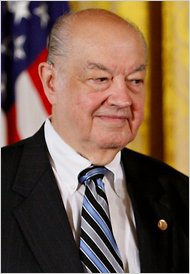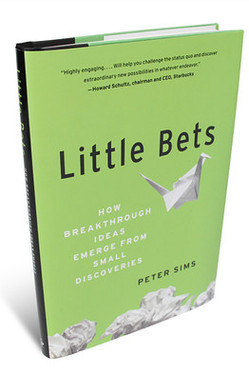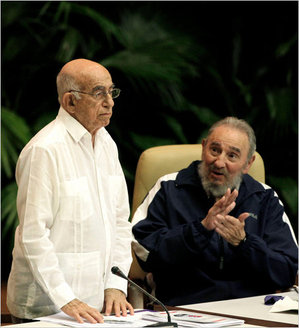(p. 107) In the winter of 2001, . . . , a New York Times page-one lead story declared in breathless phrasing that the White House had just “canceled” regulations limiting arsenic in drinking water; taking their leads from the Times, all national newscasts that night declared that arsenic protection had been “canceled.” The Times went on to editorialize that government actually wanted Americans to “drink poisoned water” because this would serve the sinister interests of corporations, though how the conspiracy would serve sinister corporate interests was not explained, since the arsenic in drinking water occurs naturally. Government poisoning your water–a report you don’t want to miss tonight!
Except that nothing had been canceled. The White House had held up a pending rule to make arsenic protection more strict; while the pending rule was reviewed, prior rules remained in effect. The Environmental Protection Agency continued regulating arsenic in drinking water during the entire period when such protection was supposedly “canceled.” Then, in November 2001, the White House ended its review and put the much stricter rule into force. The New York Times did not play this as (p. 108) a headline lead, where the original scare story had been; enactment of the strict rule was buried in a small box on page A18. Network newscasts that had presented a shocking scandal of “canceled arsenic protection” as their big story also said little or nothing when instead stronger rules went into effect. This sort of puffing up of a phony scare, followed by studious ignoring of subsequent events that deflate the scare, is not rare. It is standard operating procedure in many quarters of journalism, including at the top.
Source:
Easterbrook, Gregg. The Progress Paradox: How Life Gets Better While People Feel Worse. Paperback ed. New York: Random House, 2004.
(Note: ellipsis added; italics in original.)







